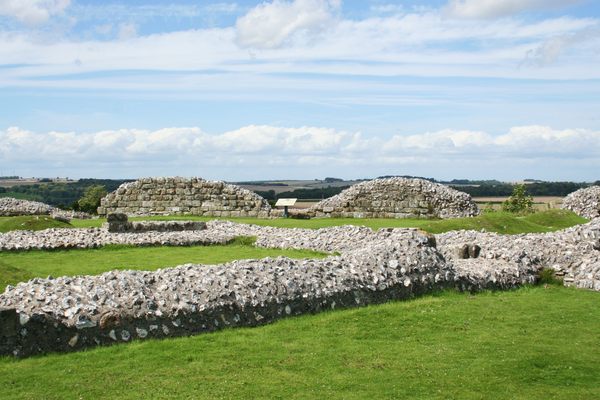About
Situated in the heart of Wiltshire, Old Sarum represents centuries of history and civilizations layered on top of one another. The site offers a glimpse into eras that have left lasting marks on the landscape.
Although the castle itself dates back to the 11th century, construction on other parts of Old Sarum started around 400 BC. The site evolved from being an Iron Age hillfort, once named Sorviodunum, to a bustling hub of early hunters and farming communities. Archaeological evidence suggests that the hillfort played a significant role in the region's history, highlighted by its proximity to England's largest stone circles, Stonehenge and Avebury.
During the Roman era, Old Sarum was dominated by the Atrebates, a Gaulish exiled government in Britain. The site's importance continued through the centuries, shifting under Saxon rule. Responding to Viking invasions, King Alfred fortified Old Sarum, reviving its strategic significance.
Prominent figures such as Egbert of Wessex and King Edgar were hosted on the fort's grounds. With time, the Normans left an impressive mark on Old Sarum, a legacy symbolized by William the Conqueror's construction of the castle. The grounds evolved under Bishop Roger’s care, building a palace with a central courtyard.
By the 13th century, Old Sarum's circumstances underwent a change. The population had dwindled, immigrating from the fort to New Sarum (Salisbury), leaving it abandoned. Despite efforts to renovate the once-majestic buildings, it was still left in ruins and demolished by King Edward III in 1322.
Although it is a modest relic, it is recognized as an important British monument. It has become one of the 26 locations in England to be scheduled by the 1882 Ancient Monuments Protection Act, which is the first of its kind British legislation. Now, Old Sarum is preserved by English Heritage, allowing visitors to soak in its rich past.
Related Tags
Know Before You Go
There is a pebble-lined parking lot by the site.
Published
February 7, 2024
























